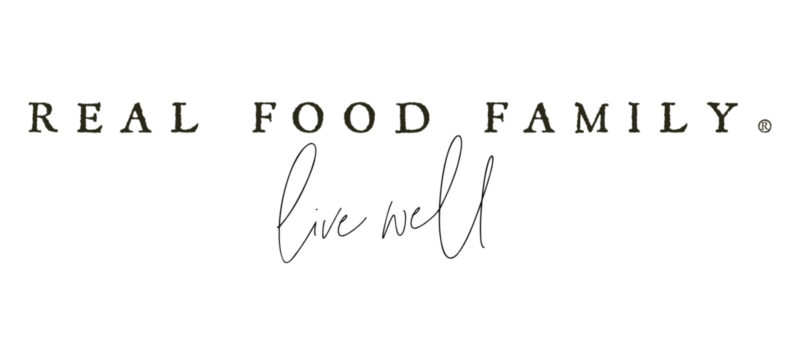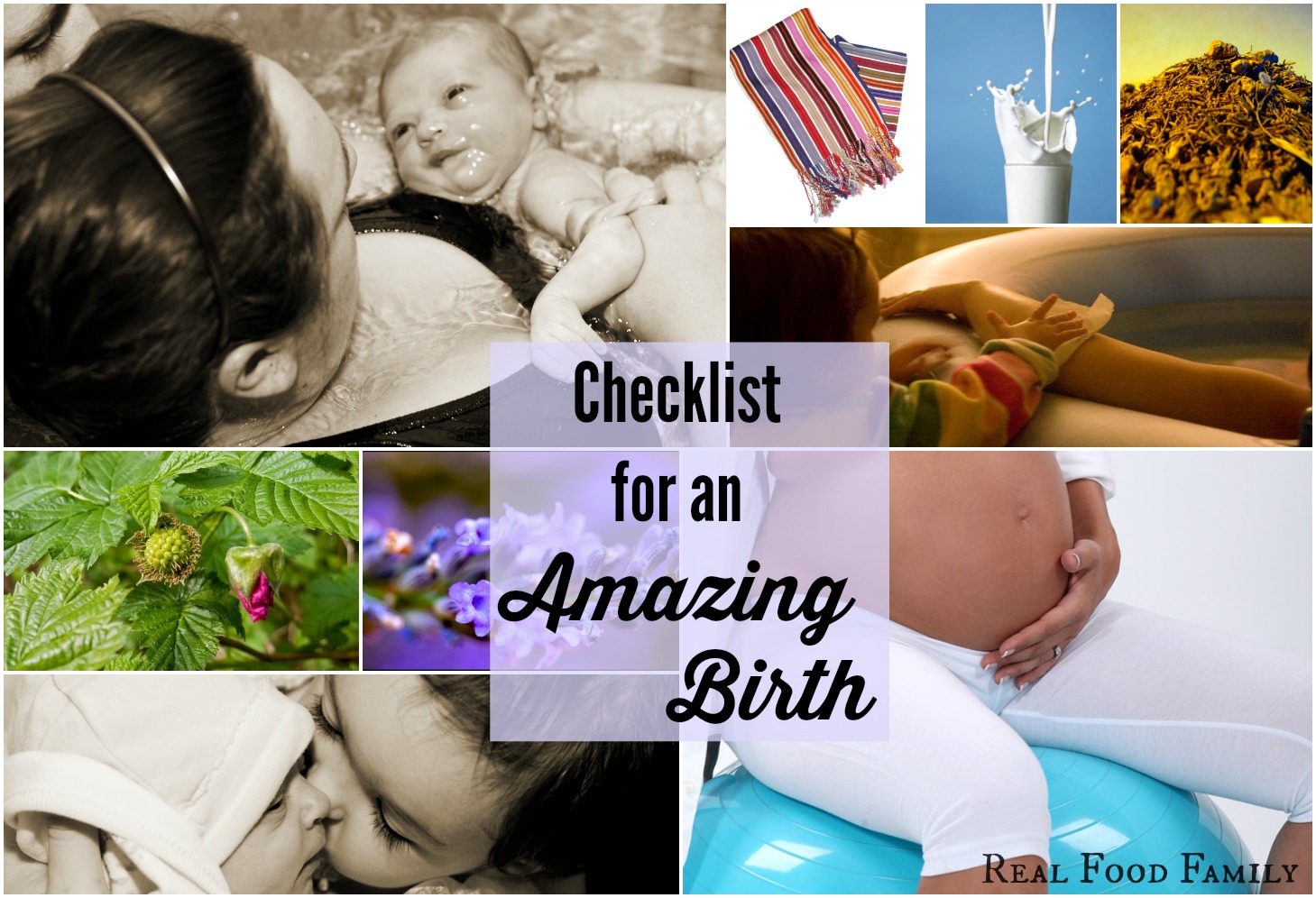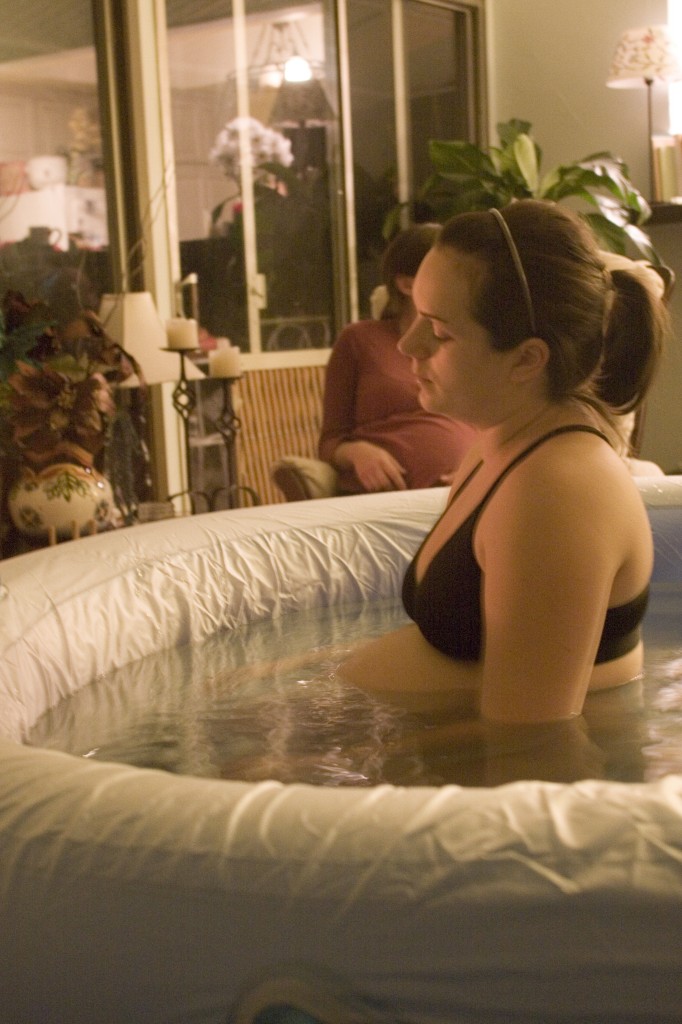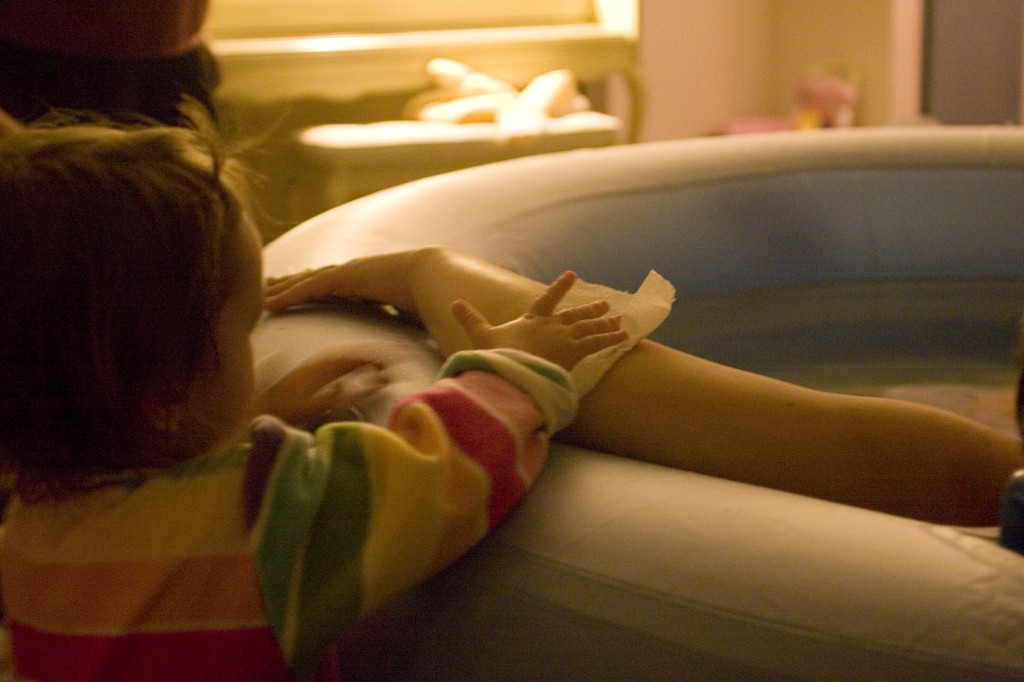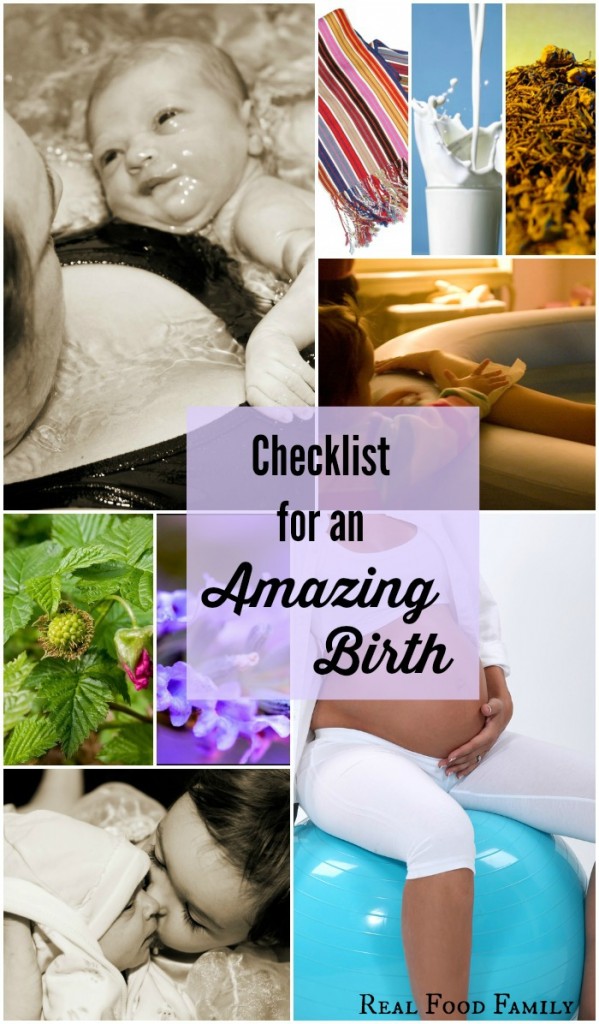My baby should be arriving any day now! I thought I’d share with you what I consider to be essential items to have ready for your labor, birth and immediate postpartum period. My advice comes from a third-time mom and a birth doula. I hope to help many moms out there, but also encourage other experienced moms and/or doulas to share their advice, too! I never stop learning when it comes to childbirth!
1. Birthing Ball

Right now the birthing ball is my best friend. Preggo ladies should be sitting on a ball throughout their pregnancy to help open their pelvic floor and keep the baby in a good position. Now that I’m getting ripe for birth, I’m trying to sit on the ball as often as possible to relax my hips, practice Kegel exercises (squeezing your pee muscles for 15-30 seconds on and off for a few minutes), and start getting my mind prepared for birth.
I labored a little on the ball with my first baby and a lot with my second. I would sit on the ball and hang on a rebozo (see the next point), or get on my knees and lean forward on the ball during contractions. There are lots of ways to use a birth ball during labor, so make sure you have it! If you’re in a hospital or birth center, they may have birthing balls available, BUT I’ve been in a situation where the hospital said they had them, then when I asked for one during a birth (as a doula) they said it was being used! If you know you want a ball for your birth, just bring your own.
2. Rebozo or Long, Strong Strip of Material
A rebozo is a long, sturdy piece of material that can be used in multiple ways before and during labor. Like the birth ball, my husband helps me use a rebozo to “hammock” my baby belly, which feels good and also keeps the baby in a good position. During labor I would sit on a birth ball and hang the rebozo on a strong door. During contractions I would try to pull with my upper body so the baby would really drop during the contraction.
*WARNING: this technique will most likely make a contraction more intense (aka: painful), but I did it because I wanted to make the most of contractions, not avoid them. I like to use intensifying techniques during contractions- just trying to push myself as far as I can go with each one. During my first birth, which lasted 22 hours, I did everything I could to escape the pain of labor. I think this is what made the labor so long. With my second birth I submitted to the labor- and the labor birth was less than 7 hours.
Here is a sample of using a rebozo before labor.
Here is a sample of using a rebozo during labor.
*These samples are from Spinning Babies– an extremely valuable resource for pregnancy and birth!
3. Food and hydrating liquids for me- including Raw Milk!!!
Some women are told not to eat during labor, and this is typically because you will throw it up if you get an epidural. In fact, most hospitals won’t “let” you eat once you’re admitted because they assume most women will get an epidural. I think you should eat if you’re hungry. Once you’re in active labor you’re not going to want to eat anyway. If you eat when you’re hungry you will give your body the fuel it needs to get through the physical marathon of birth. If you eat to much and throw up, then you throw up! It’s no big deal. Many women throw up during labor simply because of the intensity of it all.
My favorite foods to have prepared for labor are:
- cheese
- plain crackers
- toast
- eggs (I like hard-boiled eggs with my homemade mayonnaise)
- peanut butter
- bananas
More importantly, I like to have hydrating drinks on hand. I love sucking or crunching on ice, so I might have my husband blend ice cubes and add the crushed/blended ice to a cup of water. I also like the idea of these drinks:
- Here is a list of hydrating electrolyte drinks
- This very interesting article talks about how RAW MILK made labor pain free! I’m not sure I believe it, but I’m going to try it this time around!
It’s also a good idea to have food ready for your birth team. For my home birth I’ll make sure to have snacks and plenty of coffee available for everyone!
4. Essential Oils (plus washcloths and a diffuser)
I have stocked up on all the essential oils I really really want for labor. (I say “really really” because if I just said the ones I “want” then this list would be WAY longer.) You can learn how to get essential oils here. I plan to have oils diffused in the air, and also have a few small bowls in the kitchen set up for different essential oil blends to put on washcloths for me to breath in during labor depending on what I like and what is working for me.
- Clary Sage– helps intensify contractions. Dissolve drops in a small bowl of water and soak a washcloth in it. Breath in during contractions. If dilation is slow you can take a drop of Clary Sage orally every 15 minutes to see if that helps. *Only use certified therapeutic grade oils that are safe for ingestion, like the ones I use.
- Lavender– relaxing and soothing. I can breath this on a washcloth for aromatherapy and also rub it on the inside of my ankles and diluted with a carrier oil (like Vitamin E oil) for massage.
- Ylang Ylang- smells amazing and is soothing. I plan to blend this with lavender for aromatherapy washcloths and massage on the inside of my ankles or dilute with a carrier oil for massage.
- Lemon– Lemon is uplifting and energizing if I need that kind of mood in the room.
- Peppermint– I want peppermint on hand in case I have nausea. To help reduce bloating, gas, and occasional indigestion and to promote healthy respiratory function and clear breathing. I also have digestion and respiratory oil blends on hand. Peppermint can also turn a baby in the wrong position. Rub it on the top of the belly to help address a breech baby. *I’ve never witnessed or experienced results for turning a breech baby with peppermint oil, but I’ve read many testimonials about it.
- Calming Blend– The essential oils company I work with has this most wonderful and unique blend of stress-relieving essential oils. In all my essential oils research, this blend contains all the ones I wanted to get for diffusing in the room during labor. This calming blend contains lavender, sweet marjoram, roman chamomile, ylang ylang, sandalwood and vanilla bean. I can also dilute this blend in a carrier oil and use for massage.
Again, here’s my link to learn about essential oils I use and to purchase them for yourself.
5. Herbs and Tinctures for Labor
- Red Raspberry Leaf Tea or Tinctures:
Red raspberry leaf should be consumed throughout pregnancy because it helps tone the uterus. I try to drink 8-16 ounces of Mama’s Brew tea from Bulk Herb Store every day during pregnancy. I also have a red raspberry leaf tincture that I’ve been taking to get super ready for labor. I have issues getting my uterus to contract after birth, so this is especially important for me. I plan to take the tincture every half hour during labor to keep the uterus toned and active during and after birth.
- Labor Tincture (Herb Lore)
This labor tincture was recommended to me by a friend who just had her 6th baby! It contains uterine-stimulating herbs like contains Black Cohosh, Blue Cohosh, Lobelia and Ginger Root. While this tincture won’t induce labor, it can encourage labor to start if the baby’s ready. It can also be used during labor to keep contractions going strong, which can shorten labor. My midwife and I are both anxious to see how this tincture works out. Check out Herb Lore’s Labor Tincture here.
6. Ziplock bags for the Placenta- If You’re Keeping It
I’m not really going to go into the whole placenta issue here, but if you know you’re going to keep it, make sure you have strong ziplock bags ready to store it. If you’re going to the hospital, you might want to bring a little cooler with ice packs along with your sturdy ziplock bags to safely store it and take it home. Make sure to tell your birth staff early on that you plan to keep it and to put it in the bag and cooler.
7. Goldenseal for the Umbilical Cord
Goldenseal is an extremely effective natural remedy for cleaning and healing open wounds. It has anti-biotic qualities and is perfect for drying out and healing the umbilical cord stump. Get organic goldenseal here. *I would also use frankincense essential oils for all wound cleansing and supporting the healing process.
8. Homebirth Kit
If you’re planning to have a home birth, your midwife will give you a complete list of everything you need for your birth. I can’t go into all those details in this post. Items for home birth include everything from the birth tub, garden hose, adapters, flashlights, extension cords and drop cloths to kitchen bowls, trays, multiple towels- big and small, absorbent maxi pads, oil for massage, and baby thermometers. My midwife also has a “birth kit” ready for me to purchase at 36 weeks. It’s my job to have everything on the home birth kit list ready and waiting in the same place by 37 weeks.
9. Hospital or Birth Center Checklist
If you’re planning to have your baby in the hospital or birth center, they will have a list to give you for the birth as well. It definitely won’t be as extensive as a home birth kit. You’ll probably focus more on all the personal items you want from home- comfortable changes of clothing for mom and dad, toiletries, pillows, etc.. Of course bring all the things on this list, too!
10. Birth Instructions (Not Necessarily a Birth Plan)
Birth plans are great to have…but I actually think they are better for the laboring mother and her birth partners (husband, doula, etc.) to have and memorize. In my experience, some hospital staff may read through it, but most don’t really pay attention to it. It is more up to you and the birth team to stick to your birth plan and defend your choices. Know exactly what you want to have happen and exactly what you don’t want to have happen.
“Birth Instructions” is an outline and list for my birth team- especially my husband and family or friends. These instructions include what I need my husband to do when I go into labor, specifically active labor when I’m not going to want to think about telling him what to do. For my home birth, he’ll need to set up the tub and get things out and ready for the midwife. He’s the type that wants a list so he can focus and make sure it all happens. I also want to have directions for my essential oils, herbal tinctures and food. During active labor I do not want to be teaching anyone how to make the food I want, or how to make the essential oil applications I want, or how to give me a squirt of tincture. I can guarantee your birth team wants to help you and they will appreciate a laboring woman not freaking out at them for not knowing what to do. Getting a little outline ready for your helpers will benefit everyone.
11. Comfortable Clothing for Labor and Postpartum- Hot or Cold
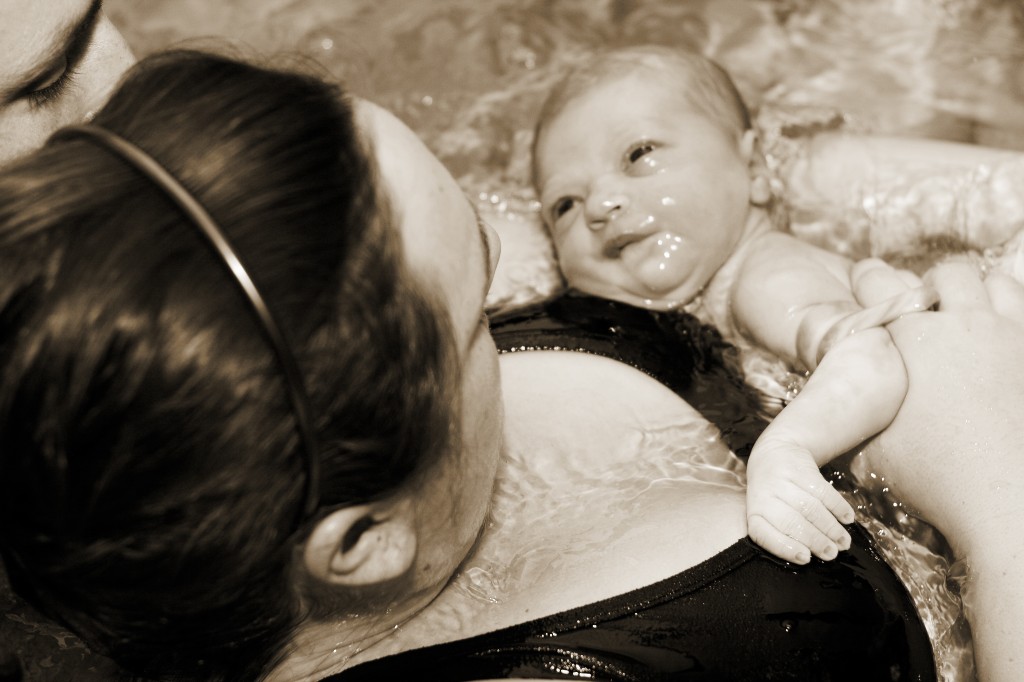
Make sure to have clean clothing clean, ready and available- with multiple changes. You don’t know if you’re going to be hot or cold during labor- sometimes it doesn’t have to do with the weather at all. If you’re going to birth in the hospital please know that you don’t have to wear a hospital robe! You’ll just want to be wearing clothing that can easily come off. If you’re going to labor or birth in water, have a bathing suit top or sports bra. Make sure to have a sweater and socks if you’re cold, and hair ties and clips to keep your hair out of your face. Your birth partner and team should also have changes of clothing because things can get messy sometimes.
12. Music- Playlist and Music Player
If I ask a mom in labor if she want me to turn music on she’ll typically say no or I don’t care. But if turn music on she typically enjoys it and finds that it helps her focus through contractions. I have a list of “labor” music ready that I put together on a playlist for birth that I really enjoy. I also have a little music player ready.
My favorite labor albums are:
Rodrigo Rodriguez: Across the East
Rodrigo Rodriguez: Crying Out to You
Phil Wickham: The Acension
Michael Olson: Long Arm of Love
13. Cameras- All Set and Ready
Yes, you want pictures of your labor and birth. I said I didn’t during my first birth and cherish the few photos my midwife and mom snapped. For my second birth I had a birth photographer and video. Try to have someone at the birth who can take photos and videos, whether they’re an actual photographer or not. Maybe find some birth photography and video samples and have this person get an idea of the types of photos and footage you want. If you have a *nice* camera, make sure you have all the settings ready on your camera, the memory card empty and clear, and the battery full! Just in cast you’re wondering, this is the camera we use for this website. 🙂
14. Contact List
Have a group text message and/or email list ready to go so you can send out your birth announcement in a few seconds and not have to sit there filtering through your contacts trying to remember everyone. Try to experience every exciting moment and sound of your birth and new baby with your own eyes and not through the screen of a cell phone.

15. Stuff for The Baby
Have the basics ready for baby: multiple blankets (not your best ones because they’ll get soiled in the first few hours and days), disposable diapers (save the cloth for after the umbilical cord is healed), head caps, infant gowns (they’re easiest), and, most importantly, MOMMY’S BOOBIES!
Final Note:
I could really go into a longer list of things to have ready- especially items to help with postpartum issues like hemorrhoids, breast engorgement or mastitis, infection care and so much more. Those items can be discussed at length with a midwife or experienced doula. (Typically medical professionals rarely know what kind of natural options you have for postpartum problems unless they have a holistic background.) You can also ask specific questions here and I’ll answer if I can!
PS: Make sure to read Everything I Would Tell My Best Friend About Pregnancy!
